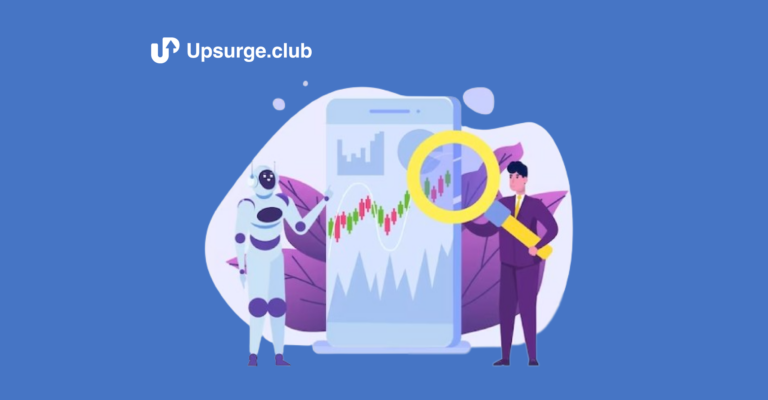In the rapidly evolving world of finance, technology has paved the way for innovative trading methods. Algorithmic trading, often referred to as algo trading, is one such method that has gained significant traction. It leverages computer programs and algorithms to execute trades at speeds and frequencies beyond human capability. Before these algorithms can be deployed for live trading, they must undergo a critical testing phase called backtesting. In this article, we will explore the world of backtesting in algo trading, delving into its significance, the process involved, and why it’s a vital aspect of algorithmic trading.
Understanding Backtesting in Algo Trading
Backtesting is, at its core, the practice of testing a trading strategy using historical market data to evaluate its potential performance. Traders and developers use it to assess how a particular trading algorithm would have performed in the past under various market conditions. This analysis provides valuable insights into the strengths and weaknesses of the strategy, helping traders refine their approaches and make informed decisions.
Why Backtesting Matters
Backtesting plays a pivotal role in the algo trading process for several compelling reasons:
1. Strategy Validation:
Firstly, backtesting allows traders to validate their trading strategies before risking real capital. Moreover, it helps determine whether a strategy has the potential to generate profits or if further refinement is needed.
2. Risk Management:
Additionally, by simulating trades using historical data, traders can assess the risk associated with their strategies. This aids in optimizing risk management techniques and setting appropriate stop-loss levels.
3. Market Insight:
Furthermore, backtesting provides a comprehensive view of how a strategy performs under various market conditions. Traders can identify whether a strategy is more suitable for trending markets, ranging markets, or specific economic events.
4. Performance Evaluation:
Notably, backtesting quantifies the potential return on investment (ROI) of a strategy, allowing traders to compare different strategies and choose the one aligned with their financial goals.
The Backtesting Process
The backtesting process involves several key steps:
1. Strategy Formulation:
To begin, traders formulate a trading strategy based on specific rules and indicators, defining when to buy, sell, or hold an asset.
2. Data Collection:
Furthermore, they collect historical market data for the time period in which the strategy will be tested. This data includes price movements, trading volumes, and other relevant metrics.
3. Coding the Algorithm:
Subsequently, traders code the trading strategy into an algorithmic script, automating trade executions based on predetermined rules.
4. Simulation:
The algorithm is run on historical data to simulate trades. It processes the data sequentially, making trade decisions just as it would in real-time.
5. Performance Evaluation:
Moreover, traders assess the algorithm’s performance by analyzing metrics such as ROI, maximum drawdown, Sharpe ratio, and win-loss ratios.
6. Refinement:
If the results are unsatisfactory, traders refine the strategy through parameter adjustments or the incorporation of additional indicators. This process iterates until achieving a satisfactory level of performance.
Challenges in Backtesting
While backtesting is a powerful tool, it comes with its set of challenges:
1. Data Quality:
Importantly, the accuracy of backtesting results heavily relies on the quality of historical data used. Incomplete or inaccurate data can lead to misleading conclusions.
2. Overfitting:
Avoiding overfitting is crucial; it occurs when a strategy is tailored too closely to historical data, resulting in poor real-market performance. Traders must strike a balance between fitting the data and maintaining adaptability.
3. Transaction Costs and Slippage:
Notably, backtesting often does not consider transaction costs and slippage, which can significantly impact a strategy’s real-world performance.
4. Changing Market Dynamics:
Lastly, market conditions can change over time, rendering a once-successful strategy ineffective. Backtesting may not fully capture these changing dynamics.
Enroll in an Algo Trading course
If you are interested in algo trading, you can embark on a comprehensive learning journey with an online algo trading course.
At Upsurge.club, we provide one of the best courses on algo trading. The course equips you with the fundamental knowledge needed to navigate the complex landscape of algorithmic trading. From understanding the basics of coding trading strategies to delving into advanced backtesting techniques, this course empowers you with the tools to develop and test robust trading strategies effectively.
Conclusion
In the dynamic realm of algorithmic trading, backtesting stands as a cornerstone for crafting successful strategies. As you embark on this fascinating journey, remember that mastering the art of backtesting is essential. It serves as your compass, guiding you through the complexities of trading, and helping you make data-driven decisions and refine your strategies. If you’re eager to start your journey, consider exploring Upsurge.club’s Basics of Algo Trading course, which provides essential knowledge to thrive in this exciting domain.



